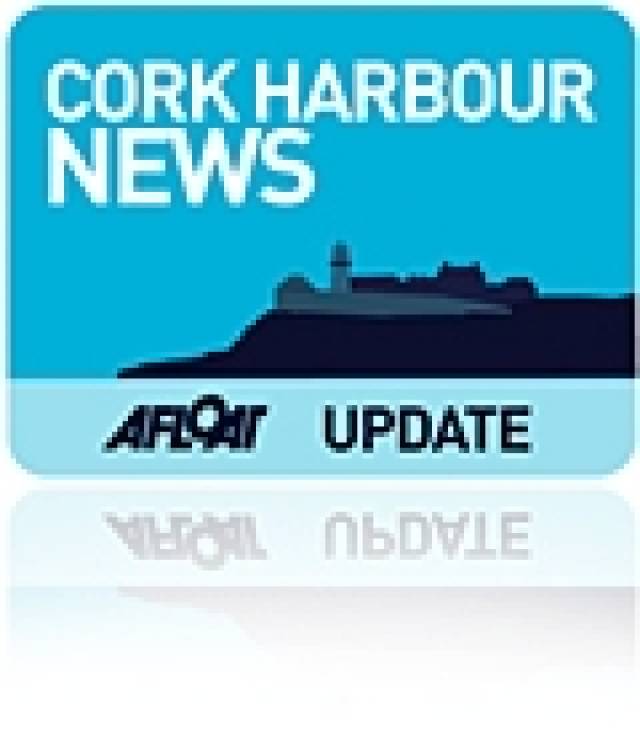#corkharbour – A Cork Harbour photographic exhibition of close to 200 photographs covering all aspects of the development of Cork Dockyard, the ships built and repaired, and the people working there, will be staged at Cobh Heritage Centre until the 15th September.
For over 150 years Cork Harbour and the River Lee has long been associated with both shipping and shipbuilding, with the relationship between Cork Dockyard and Irish Shipping Limited (ISL) dating back to 1941, when a wholly owned subsidiary of ISL was set up by the Dept. of Industry and Commerce (Cork Dockyard Limited) to take over the operation of the dockyard.
In 1946, the Irish Naval Service was established and three "Flower Class" Corvettes began a relationship with Cork Dockyard that has endured to this day and led to the subsequent building of five naval vessels at Rushbrooke.
In 1959, the name of the dockyard changed from Cork Dockyard Ltd, to Verolme Cork Dockyard Ltd which brought the facility onto an international level regarding reputation, quality, expertise, training and of course the arrival of many Dutch families who settled into the Cobh community and to this day are an intrinsic part of the fabric of the area.
At its prime there were over 1,200 people working in Verolme Cork Dockyard, from ship building, ship repair, offshore platform modules and many other engineering enterprises.
Speaking at the official opening of the photograph exhibition in Cobh, Captain Michael McCarthy Commercial Manager Port of Cork said. "Cork Dockyard or the 'Yard' as it was known locally was not only a big employer, but a very important cog in the shipping industry within Cork Harbour. It is important to reflect back to the time when major companies such as Irish Steel, Fords, Dunlop, Whitegate oil refinery and indeed Irish Shipping were located and dependent on the river. In 1984 when Verolme Cork Dockyard, Irish Shipping, Dunlop and Fords all closed this had a devastating effect on the local community and the economy."
He continued: "However, to the great credit of the Verolme Management, the extensive training undertaken by the Company through its trainee, apprentice, technician and Management training schemes and the lifetime skills it imparted, stood many of the workforces in good stead when the dockyard closed in 1984. In fact, I think it is fair to say that the success of the Pharmaceutical and IT Industries in the Cork region benefitted from the training many personnel received at Verolme Cork Dockyard."
According to Michael McCarthy Commercial Manager Port of Cork, he believes that Cork Dockyard has a potentially vibrant future particularly in the offshore oil and gas support role, offshore wind energy and wave and tidal.
He said: "Although it may never return to its former glory days in shipbuilding, I can see its potential in employment for our young people and training prospects. It is still one of the most unique facilities in the country and when we see how Harland and Wolfe capitalised on their asset, it is very important that we keep an open mind on its undoubted potential."
The Cork Dockyard photograph exhibition, which is sponsored by the Port of Cork, will run until 15th September in Cobh Heritage Centre and admission is free.






























































